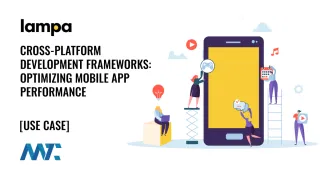A framework in artificial intelligence (AI) that combines reasoning and acting in a loop, enabling agents to iteratively interpret information, take an action, observe the result, and then adjust subsequent behavior based on learned feedback. It is especially relevant in the design of agentic AI systems, where the goal is to build autonomous agents that can solve complex problems in dynamic environments.
How ReAct Works
The ReAct paradigm mirrors human cognitive behavior: we don’t just follow a static plan—we think, act, reflect, and revise. In AI terms, ReAct allows an agent to alternate between thinking (i.e., logical inference, contextual analysis, or planning) and doing (i.e., API calls, task execution, data collection, or environment manipulation). After acting, the agent gathers new information, uses that feedback to reframe its understanding, and then reasons again, continuing the cycle until the goal is met or the problem is resolved.
For example, a ReAct-powered AI agent supporting a sales team might start by analyzing recent lead activity, then act by sending a personalized email to the most engaged prospect. Based on the recipient’s response—or lack thereof—it could adjust its strategy by refining the message, changing the outreach channel, or prioritizing a different lead, continuously optimizing for conversion.
Why ReAct Matters
ReAct enables greater adaptability and precision in AI agents, particularly in unstructured or open-ended tasks. Unlike traditional decision trees or static pipelines, ReAct agents can handle ambiguity, modify their approach mid-task, and self-correct when encountering errors. This makes them ideal for real-world applications such as customer support bots, AI copilots, search agents, and process automation tools.
Applications in Practice:
- GenAI Assistants: Agents using ReAct can reason through user queries, call external tools (like search or math APIs), and update their responses based on intermediate findings.
- Search-augmented LLMs: ReAct is foundational in retrieval-augmented generation (RAG), where agents must decide when and what to retrieve before generating output.
- Autonomous Business Workflows: In enterprise settings, ReAct agents can orchestrate multi-step processes like financial forecasting or market analysis by iteratively accessing systems, evaluating results, and refining projections.
ReAct is a core architectural pattern within agentic AI—a class of AI that emphasizes autonomous decision-making across extended tasks. While many AI models generate outputs in a single pass, agentic systems powered by ReAct simulate a more deliberative thought process. This makes them not just reactive, but proactive—capable of pursuing goals over time with minimal human prompting.
ReAct represents a leap toward more capable, goal-directed AI. By continuously reasoning and acting, agents built on this model can navigate complex environments with autonomy and flexibility. As the demand for AI systems that can think and do in real-time grows, the ReAct framework is poised to be a foundational design pattern across industries.
